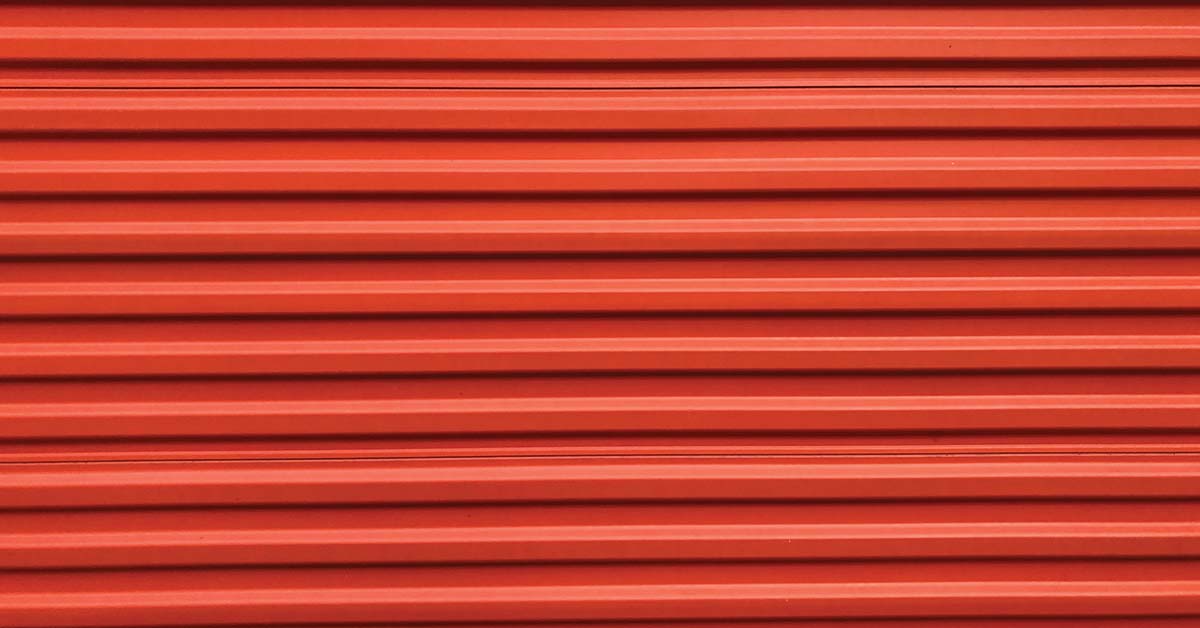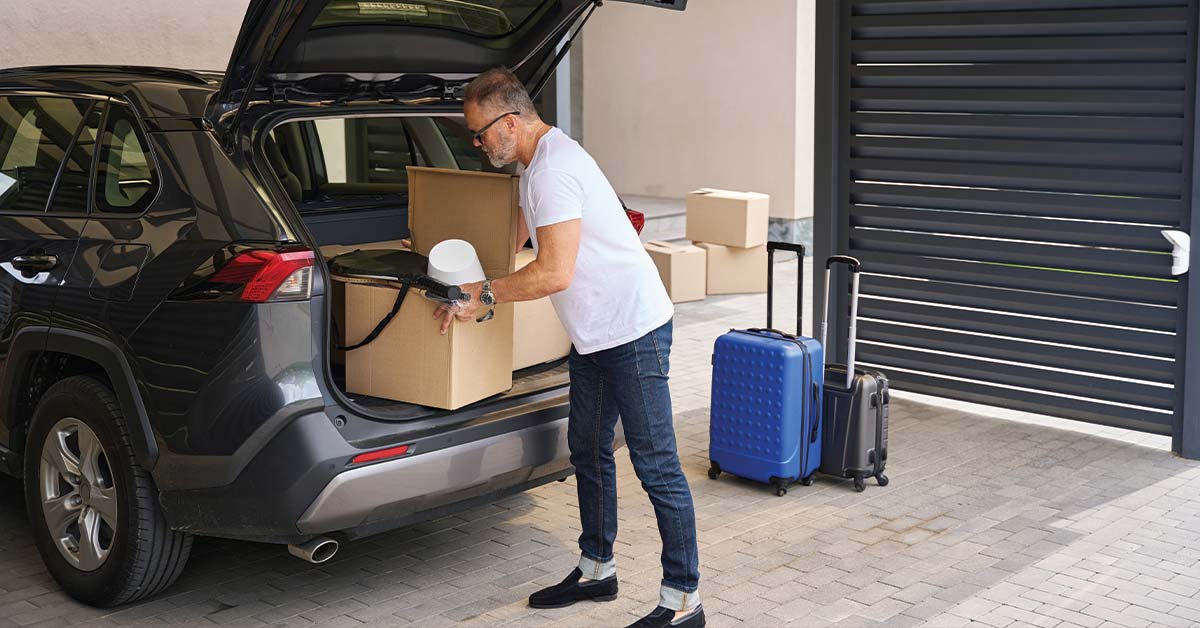Renting a storage unit can be a convenient and practical solution for decluttering your home or keeping your belongings safe during a transition. However, just like any other space, a storage unit requires regular cleaning and maintenance to ensure it remains clean, organized, and free from pests. In this comprehensive guide, we will walk you through the step-by-step process of how to clean and maintain your storage unit, so you can keep your belongings in the best condition possible.
Remove Everything from the Storage Unit
The first step in cleaning your storage unit is to remove all the contents. This allows you to thoroughly clean every corner of the unit and ensures that you can clean your belongings as well before putting them back in. Take the time to go through your items and determine if there’s anything you can donate, sell, or discard to keep your storage unit organized and clutter-free.
Sweep and Dust the Storage Unit
Once the storage unit is empty, start by sweeping or vacuuming the floor to remove any dust, dirt, or debris. Pay close attention to corners, edges, and hard-to-reach areas. Use a damp cloth or mop to clean any stubborn stains or spills on the floor. Next, use a soft cloth or a feather duster to dust all surfaces, including walls, ceilings, and shelves. Be thorough in your cleaning to ensure a clean and dust-free environment for your belongings.
Check for and Address any Pest Issues
Pests can be a common problem in storage units, especially if food or organic materials are stored. Inspect your storage unit for any signs of pests, such as droppings, nests, or gnaw marks. If you notice any pest issues, take appropriate action to address them promptly. This may include using pest control products, sealing any entry points, or consulting with a professional exterminator.
Clean and Organize Your Belongings
While your storage unit is empty, take the opportunity to clean and organize your belongings before putting them back in. Wipe down furniture, appliances, and other items with a damp cloth to remove dust and dirt. Use plastic covers or protective sheets to cover mattresses, sofas, and other upholstered items to prevent dust or dirt buildup. Organize your belongings in a systematic manner, placing heavier items at the bottom and lighter items on top, and leaving a clear pathway for easy access.
Use Proper Storage Containers and Packing Materials
Using the right storage containers and packing materials can help keep your belongings clean and well-organized. Invest in sturdy plastic bins with tight-fitting lids to keep dust, dirt, and pests out. Avoid using cardboard boxes, as they can attract pests and are susceptible to moisture damage. Use bubble wrap, packing paper, or furniture covers to protect fragile items and prevent scratches or damage during storage.
Maintain Regular Cleaning and Organization
To keep your storage unit clean and organized, it’s important to establish a regular cleaning and maintenance routine. Schedule regular visits to your storage unit to check for any signs of pests, dust, or dirt. Sweep or vacuum the floor regularly to keep it clean, and wipe down surfaces as needed. Avoid storing any food or perishable items in the storage unit, as they can attract pests. Keep your belongings organized and easily accessible, so you can find what you need without having to dig through piles of items.
A clean and organized storage unit is essential to protect your belongings and ensure they remain in the best condition possible. By following these steps and establishing a regular cleaning and maintenance routine, you can keep your storage unit clean, pest-free, and well-organized, providing you with peace of mind.



